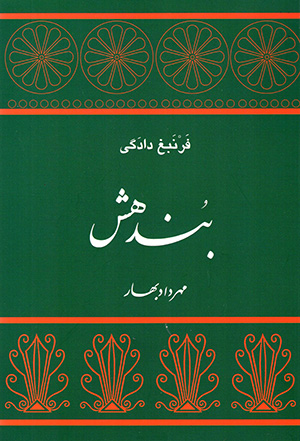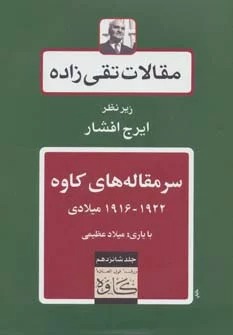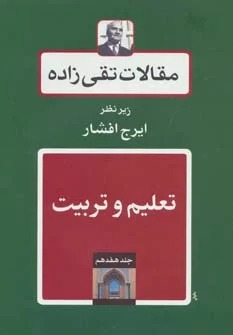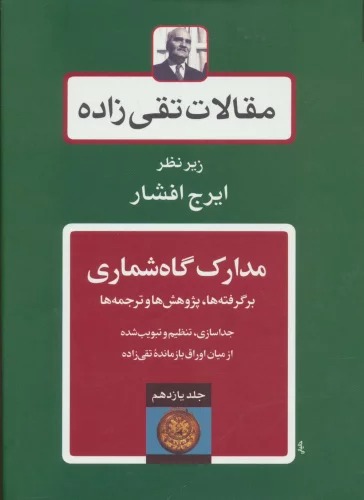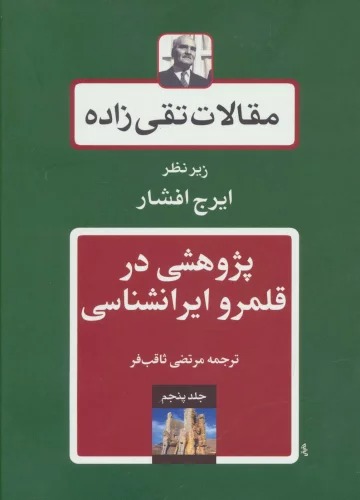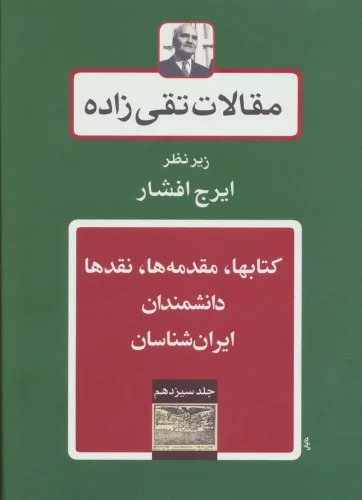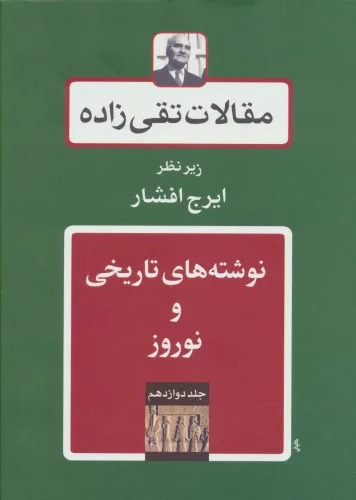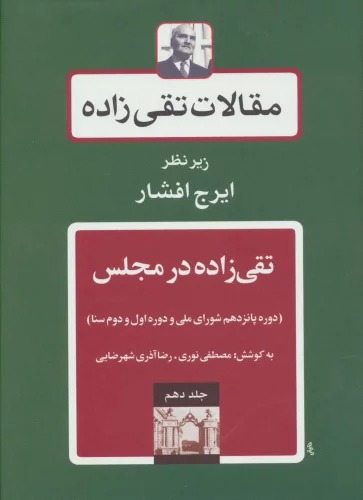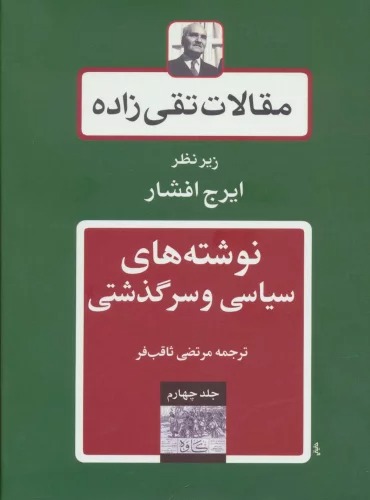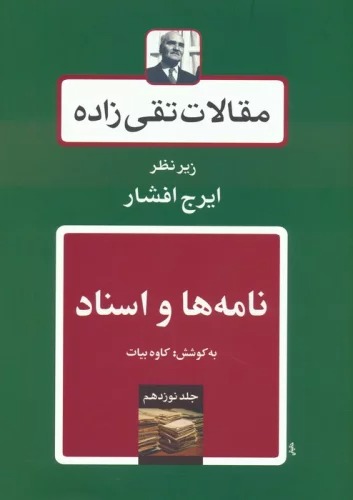Bundahish: Persiska (Farsi) 1400
بندهش
13,20 £
Dela
Wishlist
ISBN:
9789643152925
Översättare:
Mihrdād Bahār
Förlag:
Tus
Åldersgrupp:
Vuxen
Sidor:
240
Vikt:
405 g
Produktmått:
17 x 24 x 1
,
4 cm
Bokomslag:
Pocketbok
BUNDAHIŠN, the name, meaning “Primal creation,” traditionally given to a major Pahlavi work of compilation, mainly a detailed cosmogony and cosmography based on the Zoroastrian scriptures but also containing a short history of the legendary Kayanids and Ērānšahr in their days. There is also a Ṣad dar-e Bondaheš, a considerably later (ca. 8th-9th/14th-15th century) work in Persian of a hundred miscellaneous chapters on the Zoroastrian religion, morals, legends, and liturgy. The Pahlavi work is preserved in two distinct recensions. One, a shorter and patently more corrupt version, is known as the Indian Bundahišn (IBd.). It is from this corrupt text, beginning; Zand [ī] āgāh ī nazdist abar bundahišnīh ī Ohramazd ud patyārag ī gannāg mēnōg, understood as “The Zand-knowing, which is first about Ohrmazd’s primal creation and the onslaught of the Evil Spirit,” that the name was evidently taken. The first manuscript codex containing the better and more complete recension was brought to India (and so gradually to public knowledge) from Iran in about 1870, and came to be known as the Great(er) or Iranian Bundahišn. Its introduction suggests that neither Bundahišn(īh), nor probably (as most modern scholars assume) Zand-āgāhīh “Knowledge from the Zand,” is in fact a title originally given to the work. It reads, in full: ān < ī> zand āgāhīh, nazdist abar *bundahišnīh ī Ohrmazd ud petyāragīh ī gannāg mēnōg, pas abar čiyōnīh ī gēhān ud dām az bundahišnīh tā frazām [IBd. here: ī tan ī pasēn], čiyōn az dēn ī māzdēsnān paydāg, pas abar xīr *ke *gēhān dārēd, pad wizārišn ī čēīh ud čiyōnīh “Knowledge of (i.e. deriving from) the Zand; first about the primal creation of Ohrmazd and the (counter-)onslaught of the Evil Spirit; then about the nature of the world and the creatures from the primal creation until the End [which is the Final Body], as it is revealed in the religion of the Mazda-worshippers; then about the things which the world contains, with an interpretation of (their) essence and nature.” (It is possible, but less likely, that the first *bundahišnīh is to be read *bunyaštīh, i.e., “the fundamentality of Ohrmazd.”)
more
کتابی که ترجمه آن را از نظر می گذرانید، بندهش نام دارد که تلفظ پارسی میانه آن (Bun-daheshn) و یکی از مهم ترین متون دینی – تاریخی زرتشتی به خط و زبان پهلوی است. این نام واژه از دو جزء bun به معنای بن و آغاز، و daheshn برابر واژه دهش در فارسی به معنای آفرینش، ترکیب شده است و در مجموع به معنای آفرینش آغازین است. اما مطالب کتاب به هیچ روی به مسئله آفرینش محدود نمی گردد و بخش عمده ای از آن به مسائل پایان جهان مربوط است، حتی در آن سخن از پیشگویی ها در میان است.
بُنْدَهِشْن یا بُنْدَهِش نام کتابی است به پهلوی که تدوین نهایی آن در سدهٔ سوم هجری قمری انجام شده است ولی اصل آن در اواخر دورهٔ ساسانی تألیف شده بود. نویسنده (تدوین کنندهٔ نهایی) آن «فَرْنْبَغ»، فرزند «دادویه» نام داشت.
بندهشن به معنی «آفرینش آغازین» یا «آفرینش بنیادین» است. نام اصلی کتاب، چنان که در ابتدای متن کتاب آمده، احتمالاً «زند آگاهی» به معنی «آگاهی مبتنی بر زند» بوده است. این خود می رساند که نویسنده اساس کار خود را بر تفسیر اوستا قرار داده است. مطالب کتاب در سه محور اصلی است:
آفرینش آغازین، شرح آفریدگان، نسب نامهٔ کیانیان.
از این کتاب دو تحریر موجود است اولی موسوم به بندهشن هندی که مختصرتر است و دومی موسوم به بندهشن بزرگ یا بندهشن ایرانی که مفصل تر است. صفت هندی یا ایرانی از آن رو بر آن دو نهاده شده است که نسخ اولی در هند استنساخ شده است و نسخ دومی در ایران.
more

